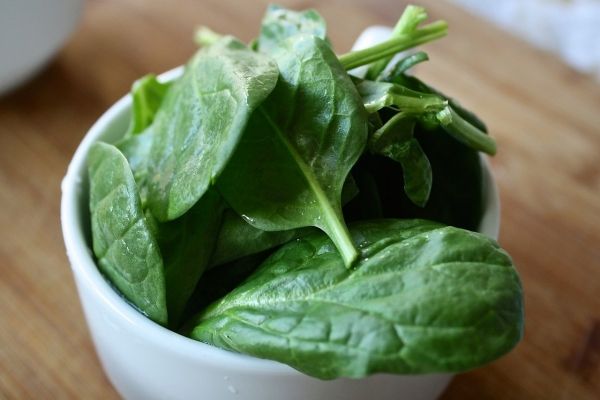“Eat your spinach,” is a common refrain from many people’s childhoods. Spinach, the hearty, green vegetable chock full of nutrients, doesn’t just provide energy in humans. It also has potential to help power fuel cells, according to a new paper by researchers in AU’s Department of Chemistry. Spinach, when converted from its leafy, edible form into carbon nanosheets, acts as a catalyst for an oxygen reduction reaction in fuel cells and metal-air batteries.
An oxygen reduction reaction is one of two reactions in fuel cells and metal-air batteries and is usually the slower one that limits the energy output of these devices. Researchers have long known that certain carbon materials can catalyze the reaction. But those carbon-based catalysts don’t always perform as good or better than the traditional platinum-based catalysts. The AU researchers wanted to find an inexpensive and less toxic preparation method for an efficient catalyst by using readily available natural resources. They tackled this challenge by using spinach.
“This work suggests that sustainable catalysts can be made for an oxygen reduction reaction from natural resources,” said Prof. Shouzhong Zou, chemistry professor at AU and the paper’s lead author. “The method we tested can produce highly active, carbon-based catalysts from spinach, which is a renewable biomass. In fact, we believe it outperforms commercial platinum catalysts in both activity and stability. The catalysts are potentially applicable in hydrogen fuel cells and metal-air batteries.” Zou’s former post-doctoral students Xiaojun Liu and Wenyue Li and undergraduate student Casey Culhane are the paper’s co-authors.
Read more at American University
Photo Credit: ponce_photography via Pixabay


